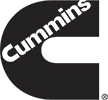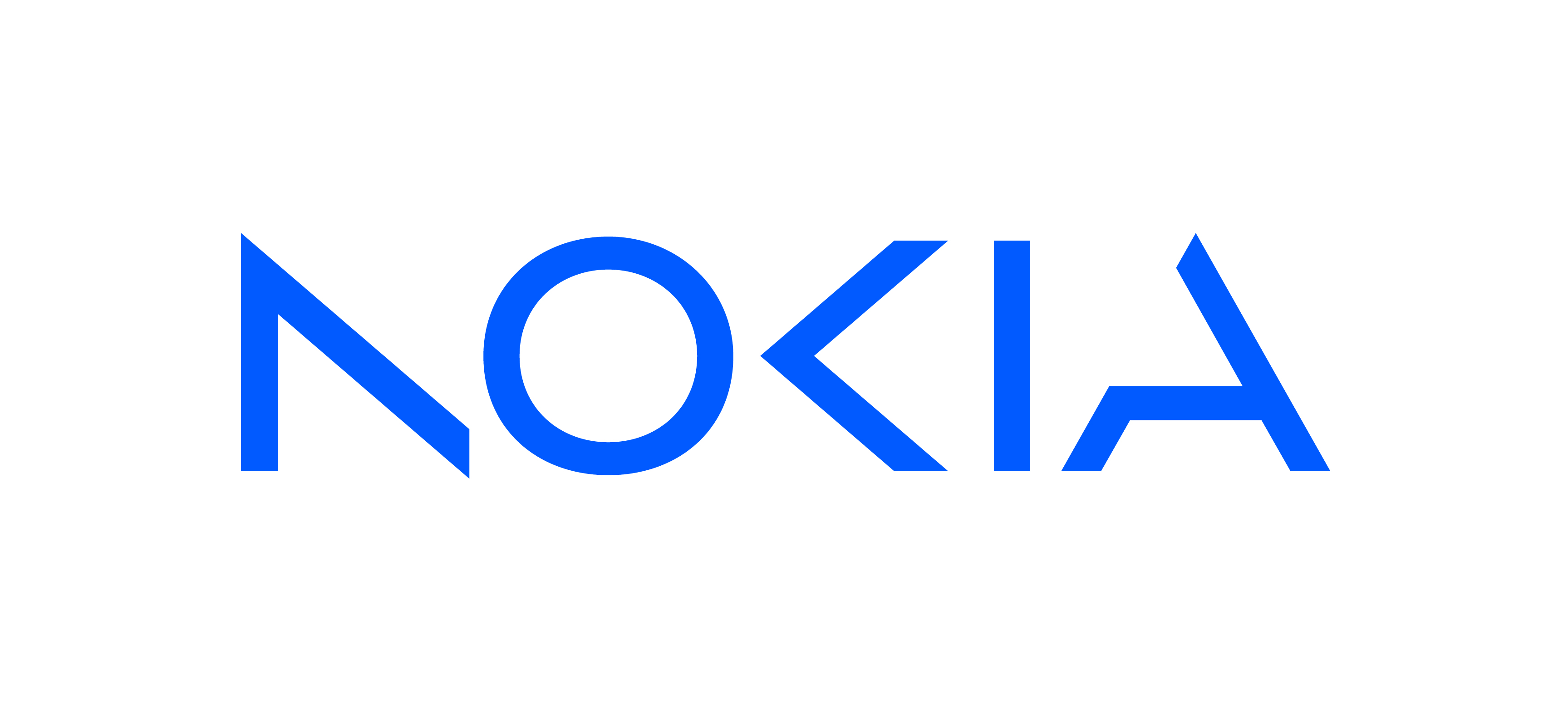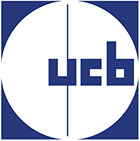Publications

Total Documents: 10
 Amicus curiae briefs at the European Patent Office (EPO)
Amicus curiae briefs at the European Patent Office (EPO)
 A week in the life (of an in-house patent attorney)
A week in the life (of an in-house patent attorney)
Monday
Early start today – I’m meeting with a project team to discuss their latest developments. We filed a priority patent application last year and are now reviewing recently generated data to determine claim scope before foreign filing. We spend a fascinating couple of hours digging into the results and technology, it’s a highly competitive area so I think there may be filings from third parties, we need to be careful to maintain priority and I draw some timelines for the project team to try to explain why that matters. The project team also has some creative thoughts around names for the technology. Artificial Intelligence and Intellectual Property
Artificial Intelligence and Intellectual Property
 Address for Service after the Brexit Implementation Period
Address for Service after the Brexit Implementation Period
 An open letter on racism and inclusion
An open letter on racism and inclusion
 ABC of design developments
ABC of design developments
 Additional Employee Inventor Compensation – A right too far?
Additional Employee Inventor Compensation – A right too far?
The issue of employee inventions and the extent to which employee inventors should be compensated has in recent times become a hot topic in the UK. Since the Patents Act 1977 there has been a statutory right for employees to be awarded additional compensation over and above their salary for patented inventions made by them during the course of their employment where "having regard among other things to the size and nature of the employers undertaking, the invention or the patent for it (or the combination of both) is of outstanding benefit to the employer; and, by reason of those facts it is just …" for an award to be made.


































